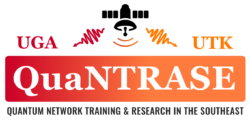Seminars
Seminars 2023
The Spring 2023 Seminar Series is in Perkins Hall, Room 216 at the University of Tennessee at 3 pm on Wednesdays.
The seminars are also available via zoom. For questions on upcoming seminars, contact us here.
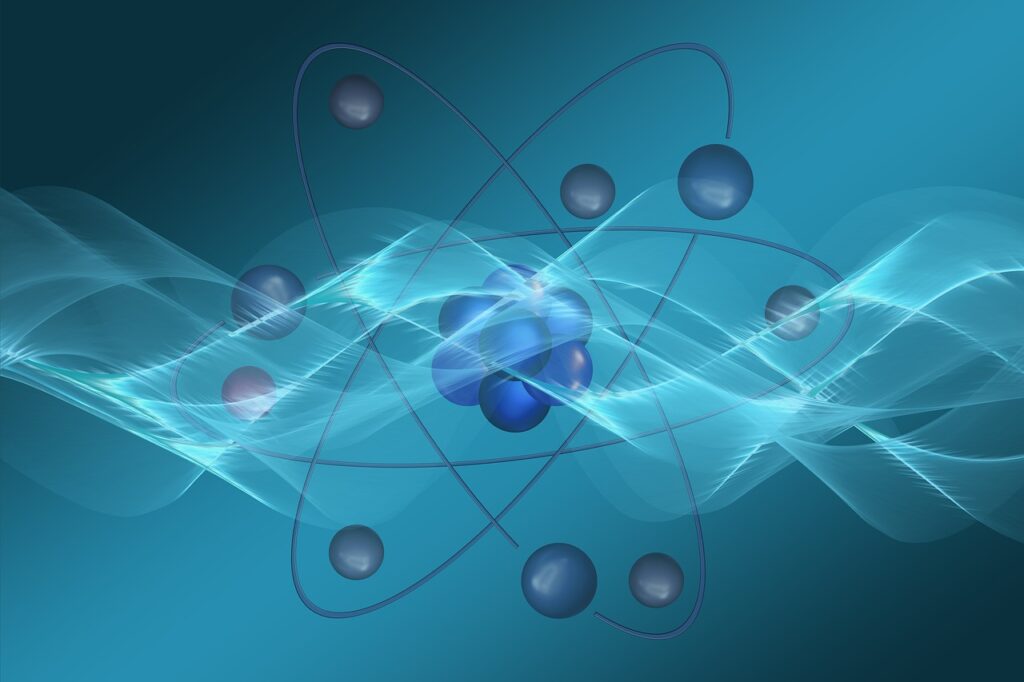
January 25, 2023
NO SEMINAR

February 1, 2o23
NISQ Computing on a Complete Graph of Superconducting Qubits — Part I
Speaker:
Michael Geller, UGA
NISQ Computing on a Complete Graph of Superconducting Qubits — Part I
Current quantum computing architectures lack the size and fidelity required for universal fault-tolerant operation, limiting the experimental implementation of key quantum algorithms to all but the smallest problem sizes. In this talk I’ll review the limitations of gate-based quantum computing with noisy intermediate-scale quantum (NISQ) processors, and introduce an alternative, non-gate-model approach that is ideally suited for today’s superconducting qubits. In this approach, computation is performed in the single-excitation subspace (SES) of a fully connected graph of n tunably coupled qubits. In contrast to the gate model, arbitrary nxn unitaries as well as controlled unitaries can be implemented in a constant number of steps. I’ll discuss the strengths and weaknesses of SES approach, and show an experimental demonstration of the technique applied to the simulation of high-temperature atomic collisions.
Dr. Michael Geller received his PhD in Physics from the University of California, Santa Barbara, in 1994. In 1997 he joined the faculty in the Department of Physics and Astronomy at the University of Georgia, where he is currently a Professor of Physics and a member of the Center for Simulational Physics. His interests include quantum computation and simulation.

February 8, 2o23
NISQ Computing on a Complete Graph of Superconducting Qubits — Part II
Speaker:
Michael Geller, UGA

February 15, 2o23
Dynamic Conducting Polymer Nanooptics
Speaker:
Magnus Jonsson, Linköping University
Dynamic Conducting Polymer Nanooptics
My group is interested in developing novel ways to control light and heat using organic materials like conducting polymers and cellulose. Applications include tuneable nanooptical metasurfaces, reflective color displays and energy-regulating optical materials. In this presentation, I will first focus on our work on conducting polymers as a new materials platform for dynamically tuneable plasmonics, as first demonstrated for nanostructures made from the highly conducting polymer PEDOT:Sulf.1 By contrast to static nanoantennas made of traditional metals, we show that the optical response of the polymeric antennas can be repeatedly turned off and on again by varying the redox state of the polymer, which reversibly switches the material between optically metallic and dielectric.1,2 Our latest work extends the topic to the organic semiconductor PBTTT and to excitonic materials.3,4 I will then demonstrate how the same type of conducting polymers offers novel means for forming structurally colored materials with dynamic coloration,5,6 with anticipated use for reflective labels and displays in color. Finally, I will discuss our latest work on radiative cooling by which thermal energy is transferred to space via Planck radiation, including electrical tuneability at ambient conditions.7-11
- Conductive polymer nanoantennas for dynamic organic plasmonics. S. Chen et al. Nature Nanotechnology 2020, 15, 35-40.
- Electrical Tuning of Plasmonic Conducting Polymer Nanoantennas. A. Karki et al. Advanced Materials 2022, 34, 13, 2107172
- Doped Semiconducting Polymer Nanoantennas for Tunable Organic Plasmonics. A. Karki et al. Communications Materials 2022, 2022, 3, 48
- Organic Anisotropic Excitonic Optical NanoantennasE. S. H. Kang et al. Advanced Science 2022, 9, 23, 2201907
- Dynamically tuneable reflective structural colouration with electroactive conducting polymer nanocavities. S. Rossi et al. Advanced Materials 2021, 33, 40, 2105004
- Tunable structural color images by UV-patterned conducting polymer nanofilms on metal surfaces. S. Chen et al. Advanced Materials 2021, 33, 33, 2102451
- Reflective and Transparent Cellulose-Based Passive Radiative Coolers. S. Gamage et al. Cellulose 2021, 1–11.
- Transparent nanocellulose metamaterial enables controlled optical diffusion and radiative cooling. S. Gamage et al. Journal of Materials Chemistry C 2020, 8, 11687-11694
- Structurally Colored Cellulose Nanocrystal films as Trans-Reflective Radiative Coolers. R. Shanker et al. ACS Nano 2022, 16, 7, 10156-10162
- Cellulose-based Radiative Cooling and Solar Heating Powers Ionic Thermoelectrics M. Liao et al. Advanced Science 2022, in press
- Electrical Tuning of Radiative Cooling at Ambient Conditions D. Banerjee et al. Cell Reports Physical Science, in press

February 22, 2o23
NO SEMINAR

March 1, 2o23
Single fluorescent molecule imaging
Speaker:
Peter Kner, UGA
Fluorescence microscopy is an essential tool in biological research. In this talk, I will discuss the imaging of single fluorescent molecules for high resolution localization of biological molecules and structures. I will cover new approaches that take advantage of quantum correlations to increase resolution, and I will cover recent work from my lab that uses holography of single molecules to achieve axial localization.
Dr. Kner received both his MS and PhD from UC Berkeley and has BS degrees in Physics and Electrical Engineering from MIT. He joined the University of Georgia in January 2009, after a postdoc in the Department of Biochemistry and Biophysics at the University of California, San Francisco (UCSF). At UCSF, he built microscopy systems for studying cellular sub-structure, making use of a variety of new technologies to improve imaging at the nanoscale in biomedicine and engineering. He built the first structured illumination microscope (SIM) fast enough to image living cells, working with Mats Gustafsson, a leader in the field of highresolution microscopy. He has five US patents for his inventions and was awarded the prestigious NSF Career Award in 2014.

March 8, 2o23
NO SEMINAR

March 15, 2o23
NO SEMINAR

March 22, 2o23
TBA
Speaker:
Steven Hancock, Shaoheng Li, UGA

March 29, 2o23
TBA
Speaker:
Mahdi Ghafariasl, Anastashia Jebraeilli, UGA

April 5, 2o23
Critical Points of Relativistic Quantum Field Theories on Current Quantum Hardware
Speaker:
Shane Thompson, UTK
Sarabpreet Singh, UGA

April 12, 2o23
Experimentally Realizable Continous-variable Neural Networks
Speaker:
Shikha Bangar and Leanto Sunny, UTK

April 19, 2o23
Quantum Computing with Two-dimensional Conformal Field Theories
Speaker:
Elias Kokkas, Noah Crum, UTK

April 26, 2o23
Asymmetric measurement-device-independent (MDI) quantum key distribution (QKD) in turbulent channels
Speaker:
Md Mehdi Hassan, Kazi Reaz, UTK

May 3, 2o23
Non-Abelian Anyons with Rydberg Atoms
Speaker:
Victor Ale and Nora Bauer, UTK
Seminars 2022
The Fall 2022 Seminar Series is in Nielsen Physics Bldg, Room 307 at the University of Tennessee at 3 pm on Wednesdays.
The seminars are also available via zoom.
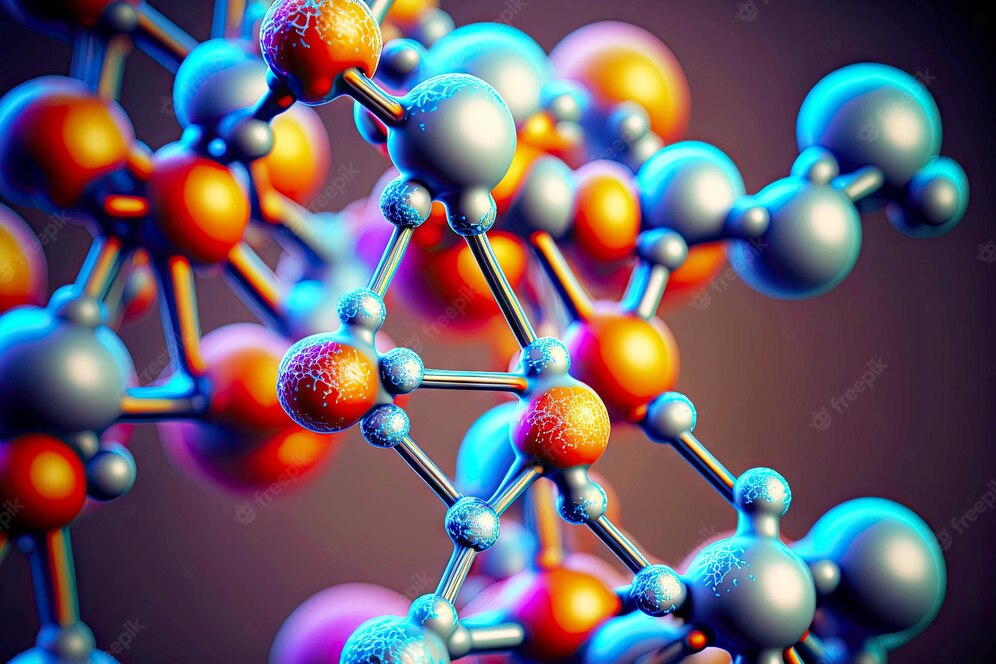
August 31
Toward Quantum Cryptography Anywhere: Mitigating Atmospheric Turbulence
Speaker:
Brian Rollick, Cable Labs
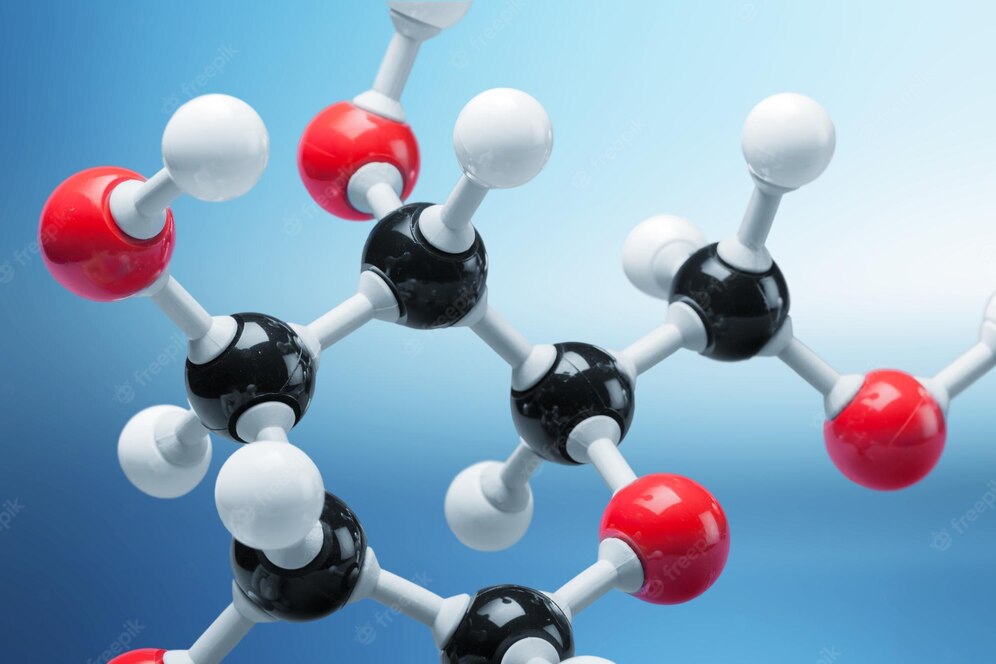
September 7
CMOS Based Silicon Photomultipliers
Speaker:
Nicole McFarlane, UTK
Silicon photomultipliers or SiPMs are optical detection devices which can replace traditional photomultiplier tubes, charge coupled devices, and active pixel sensor based imagers. They are especially important in optical quantum systems where sensitive optical detectors are needed. In this talk we discuss SiPMs which have been developed based on novel perimeter gated single photon avalanche diodes (PGSPAD) in standard commercial CMOS processes. We will also discuss the various readout and optimization strategies employed in developing optical detection systems.
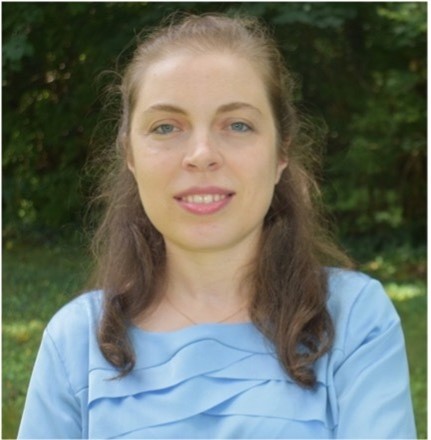
September 14
Continuous Variable Quantum Machine Learning
Speaker:
Kubra Yeter-Aydeniz, MITRE
Machine learning is one of the most prominent application areas of quantum information science. Most of the proposed quantum machine learning tools have been offered so far are based discrete variable quantum computing model. However, generalization of the quantum machine learning tools to infinite dimension is important since some datasets have large variables that are not binary. To this end, continuous variable quantum computing (CVQC) model has been utilized and CV model of quantum machine learning have been proposed. In CVQC the information is encoded into quantum states of fields hence photonic hardware is a natural platform for realization of CVQC. This talk will review the recent advancements in CV quantum machine learning tools, and their implementability on the current quantum hardware.
Dr. Kübra Yeter-Aydeniz is a quantum algorithm specialist at MITRE Corporation. She received her PhD on theoretical high energy physics at the University of Tennessee, Knoxville. She then completed her postdoctoral research at Oak Ridge National Laboratory where she studied quantum simulation of quantum many body systems on near term quantum computers. Her current research includes studying continuous variable machine learning models, benchmark development for near term quantum hardware.

September 21
Entanglement of Fermions After an Interaction Quantum Quench
Speaker:
Adrian Del Maestro, UTK
Following a sudden change of interactions in an integrable system of one-dimensional fermions, we analyze the growth and eventual asymptotic long-time value of the entanglement entropy under a spatial bipartition after the quantum quench. At small waiting times after the quench, we map the system to non-interacting bosons such that we are able to extract their occupation numbers from the Fourier transform of the density-density correlation function, and use these to compute a bosonic entropy from a diagonal ensemble. By comparing this bosonic entropy with the steady state entanglement entropy per fermion computed with exact diagonalization we find excellent agreement. These results open up a route to measuring entanglement in closed quantum systems of ultracold gases that only relies on the analysis of density-density correlations.

September 28
Machine learning for quantum computation and communication
Speaker:
Ryan Glasser, Tulane
We will discuss recent work involving the development and application of machine learning techniques to enhance various aspects of quantum computation on current, noisy quantum computers. In particular, we show the usefulness of machine learning in quantum state tomography and reconstruction. We will also discuss advances in enhancing free-space optical communication with machine learning, which we hope to extend into the quantum regime.
Professor Glasser received his Ph.D. in Physics from Louisiana State University, under the advisement of Prof. Jonathan Dowling, in 2009. He was then a researcher at Harris Corporation for 2.5 years, working experimentally on the DARPA Quantum Sensors program. In 2011 he was awarded National Research Council Postdoctoral Associateship at NIST and the University of Maryland. He was a postdoctoral researcher at NIST and UMD in Paul Lett and Bill Phillips’ Laser Cooling and Trapping Group, performing research in quantum information and quantum optics with warm atomic vapor, prior to joining the faculty at Tulane University in 2014. Since that time he has continued his research in experimental quantum optics and the use of machine learning in quantum information science.

October 5
Quantum Communications and Networking at Oak Ridge National Laboratory (ORNL)
Speaker:
Nicholas Peters, ORNL
Quantum networks are needed to harness the full promise of quantum devices. In this talk, we’ll introduce key concepts, devices, and systems for building quantum networks. We’ll describe how and why quantum key distribution is a great fit for energy infrastructure cybersecurity. And we will tie these themes to recent ORNL research.

October 12
High Fidelity Transmon Qubit Development at Chalmers University of Technology
Speaker:
Eleftherios Moschandreou, Chalmers
Transmon superconducting circuits continue to prove as reliable qubit systems for noisy intermediate-scale quantum (NISQ) applications. The continuous development of nanofabrication methods, cryogenics and electronics for microwave control has enabled scaling up to architectures up to hundreds of qubits. In this talk, we review the full-stack development of qubits for high fidelity operations and discuss new challenges that arise as we scale up beyond proof-of-concept experiments.


October 26
Architecture of a first-generation commercial quantum network
Speaker:
Duncan Earl, Qubitekk
The architecture and near-term use cases for a first-generation commercial quantum network will be presented. The foundational quantum hardware and software elements required to operate, manage, and configure the network for near-term consumer applications will be discussed. Recent efforts to implement this architecture with a commercial fiber optic network owner will be discussed.
Dr. Duncan Earl is the President and Chief Technology Officer at Qubitekk, Inc. Prior to co-founding Qubitekk, he spent eighteen years as an R&D scientist at Oak Ridge National Laboratory where he performed work in quantum optics, optical sensing, and various other optical research areas. Dr. Earl is a serial entrepreneur who has commercialized various technologies, holds numerous patents, and recently served as a Steering Committee member for the Quantum Economic Development Council (QED-C).

November 2
Towards Large-Scale Quantum Key Distribution Networks
Speaker:
Bing Qi, CISCO
Packet-switching has been widely used in classical networking for its scalability and efficiency. Recently, we introduced packet-switching as a new paradigm in quantum networking. We propose a classical-quantum data frame structure and explore methods of frame generation and processing. Further, we present conceptual designs for a quantum reconfigurable optical add-drop multiplexer. As a near-term application, we discuss packet-switched quantum key distribution (QKD) networks, where QKD data are transmitted in hybrid data frame and the routing decisions are made in a decentralized fashion at individual routers. This approach could lead to a scalable QKD solution which can be integrated with classical communication networks.

November 9
Probing Interactions in Quantum Materials at the Nanoscale
Speaker:
Yohannes Abate, UGA
Probing Interactions in Quantum Materials at the Nanoscale Yohannes Abate Department of Physics and Astronomy, University of Georgia, Athens, GA 30602, United States Interactions at the nanometer length scale give rise to intriguing phases in correlated quantum materials, lead to the design of exotic metamaterials, and offer enormous opportunities for the development of novel quantum technologies. In this talk, I will first introduce tip-based nanoscopy techniques for probing quantum materials and give examples of high-resolution probing of nanoscale phenomena and interactions in correlated oxides and van der Waals (vdW) crystals. Due to their highly tunable local optical and electronic properties correlated oxides provide exciting opportunities to reconfigure confinement and propagation of polaritons (hybrid strongly coupled light-matter quasiparticles) at the nanoscale[1,4-6]. I will introduce a hybrid polaritonic-oxide heterostructure platform consisting of vdW crystals, such as hexagonal boron nitride or alpha-phase molybdenum trioxide, transferred on nanoscale oxygen vacancy patterns on the surface of correlated perovskite oxides [1]. Hydrogenation, oxygen vacancies and temperature modulation allow spatially localized conductivity modulation of oxides nanoscale patterns, enabling robust real-time modulation and reconfiguration of polaritonic phenomena. Experimental work is supported by a simulational methodology that combines Langevin dynamics and Metropolis Monte Carlo methods [7]. Interaction of vdW crystals with oxygen and water in ambient environment lead to enhanced chemical reactivity of their extraordinarily high surface areas. Using a combination of hyperspectral photoluminescence, Raman and near-field nanoscopy I will present recent imaging and spectroscopy results that reveal exotic interface effects and oxidized species during photodegradation of atomic thick in-plane MoS2–WS2 heterostructures with nanoscale alloyed interfaces and thin flakes of allotropes of phosphorus (black and violet phosphorus)[2.3]. The 2D alloy interface coupled with intrinsic strain causes spatial inhomogeneity of the oxidation and emission of the various excitonic species, providing localized potential wells at corner interfaces for various charge carriers and enabling localized quantum emission with enhanced stability. References 1. N. A. Aghamiri, G. Hu, A. Fali, Z. Zhang, J. Li, S. Balendhran, S. Walia, S. Sriram, J. Edgar, S. Ramanathan, A. Alu, and Y. Abate, “Reconfigurable Hyperbolic Polaritonics with Correlated Oxide Metasurfaces” Nature Communications 13, Article number: 4511 (2022) , DOI: 10.1038/s41467-022- 32287-z 2. A. Fali, M. Snure, and Y. Abate, “Violet phosphorus surface chemical degradation in comparison to black phosphorus” Appl. Phys. Lett. (Editor’s Pick), 118, 163105 (2021) DOI: 10.1063/5.0045090 3. A. Fali, T. Zhang, J. Terry, E. Kahn, K. Fujisawa, S. Koirala, Y. Ghafouri, W. Song, L. Yang, M. Terrones, Y. Abate, Y. Abate, “Photo-degradation Protection in 2D In-Plane Heterostructures Revealed by Hyperspectral Nanoimaging: the Role of Nano-Interface 2D Alloys” ACS Nano 2021, 15, 2, 2447–2457 https://doi.org/10.1021/acsnano.0c06148 4. M. Kotiuga, Z. Zhang, J. Li, F. Rodolakis, H. Zhou, R. Sutarto, F. He, Q. Wang, Y. Sun, Y. Wang, N. A. Aghamiri, S. B. Hancock, L. P. Rokhinson, D. P. Landau, Y. Abate, J. W. Freeland, R. Comin, S. Ramanathan, and K. M. Rabe, “Carrier Localization in Perovskite Nickelates From Oxygen Vacancies” PNAS 201910490 (2019). https://www.pnas.org/content/116/44/21992 5. A. Fali, S. T. White, T. G. Folland, M. He, N. A. Aghamiri, S. Liu, J. H. Edgar, J. D. Caldwell ,R. F. Haglund, Y. Abate” Refractive Index-Based Control of Hyperbolic Phonon-Polariton Propagation” Nano Letters 2019 19 (11), 7725-7734 DOI: 10.1021/acs.nanolett.9b02651 6. T. G. Folland, A. F., S. T. White, J. R. Matson, S. Liu, N. A. Aghamiri, J. H. Edgar, R. F. Haglund Jr., Y. Abate, J. D. Caldwell, Reconfigurable infrared hyperbolic metasurfaces using phase change materials. Nature Communications 2018, 9. DOI: https://doi.org/10.1038/s41467-018-06858-y 7. S. B. Hancock, N. A. Aghamiri, D. P. Landau, and Y. Abate, “Langevin dynamics/Monte Carlo simulations method for calculating nanoscale dielectric functions of materials” PHYSICAL REVIEW MATERIALS 6, 076001 (2022), DOI:10.1103/PhysRevMaterials.6.076001

November 16
Hybrid Materials Systems for Quantum Computing and Networking Applications
Speaker:
Kasra Sardashti, Clemson
Error-corrected quantum computing demands seamless integration of thousands of physical qubits. While superconducting qubits take the leading role in near-term quantum computing, their scaling is limited by the size of the comprising microwave components and cryostats that house them. This beckons extensive materials research to engineer platforms ideal for fault-tolerant and scalable quantum hardware. In this talk, I will provide an overview of the state-of-the-art for solid-state quantum hardware and the requirements to transition the field into the “Quantum Advantage” regime. I will then discuss different strategies to break through the existing scaling bottlenecks including voltage-tunable quantum devices and distributed scaling via optical-microwave transduction. All those strategies demand the realization of low-loss hybrid normal-superconductor materials systems ranging from superconductor-semiconductor to superconductor-piezoelectric oxides. With this approach, I hope to emphasize the significant role materials research plays in the development of emerging quantum technologies.
Kasra Sardashti is an Assistant Professor of Physics & ECE at Clemson University. His research group works on a number of projects focused on integrating hybrid systems into functional devices for quantum information processing, sensing, and communication. He is the lead PI of an NSF Quantum Interconnect Challenge Program (QuIC-TAQS) working on developing the first generation of quantum random access memories. He is also the recipient of the Powe Junior Faculty Enhancement Award offered annually by the Oak Ridge Associated Universities. Before joining Clemson, he served as a Research Scientist at NYU Center for Quantum Phenomena. He received his Ph.D. in Materials Science and Engineering from UC San Diego in 2016.

November 23
NO SEMINAR

November 30
Examining topology and thermodynamics using current quantum computers
Speaker:
Alexander Kemper, NCSU
Quantum hardware has advanced to the point where it is now possible to perform simulations of physical systems and elucidate their topological and thermodynamic properties, which we will discuss in this talk. I will give a brief introduction to quantum computing and why they might be useful tools for solving problems in condensed matter physics and beyond. Following that, I will present a perspective on thermodynamics of quantum systems ideally suited to quantum computers, namely the zeros of the partition function, or Lee-Yang zeros. We developed quantum circuits to measure the Lee-Yang zeros, and used these to reconstruct the thermodynamic partition function of the XXZ model. The calculations were run on a trapped ion quantum computer. The zeros qualitatively show the cross-over from an Ising-like regime to an XY-like regime, making this measurement ideally suitable in a current term quantum computing environment. If time permits, I will discuss our demonstration of how topological properties of physical systems can be measured on quantum computers. We leverage the holonomy of the wavefunctions to obtain a noise-free measurement of the Chern number, which we apply to an interacting fermion model.

December 7
Trapped Ions as a Platform for Quantum Computing, Simulation and Networking
Speaker:
Alaina Marie Green, University of Maryland
One of the most alluring promises of quantum devices is the ability to solve useful problems which are classically intractable. This quantum advantage has yet to be demonstrated, despite decades of theoretical and experimental work. While there is no doubt that quantum devices will need to improve in both operation fidelity and size, it is also possible that the method by which these programmable devices will be used to provide quantum advantage has not yet been theorized or vetted. In light of this, it is critical to use the small prototypes available now to develop the most experimentally efficient quantum protocols. In this talk, I will provide an overview of recent applications implemented on the trapped-ion quantum computing demonstrator device at the University of Maryland, explain the basic operation of quantum hardware based on trapped atomic ions, and summarize our progress in developing a quantum networking demonstrator device.
